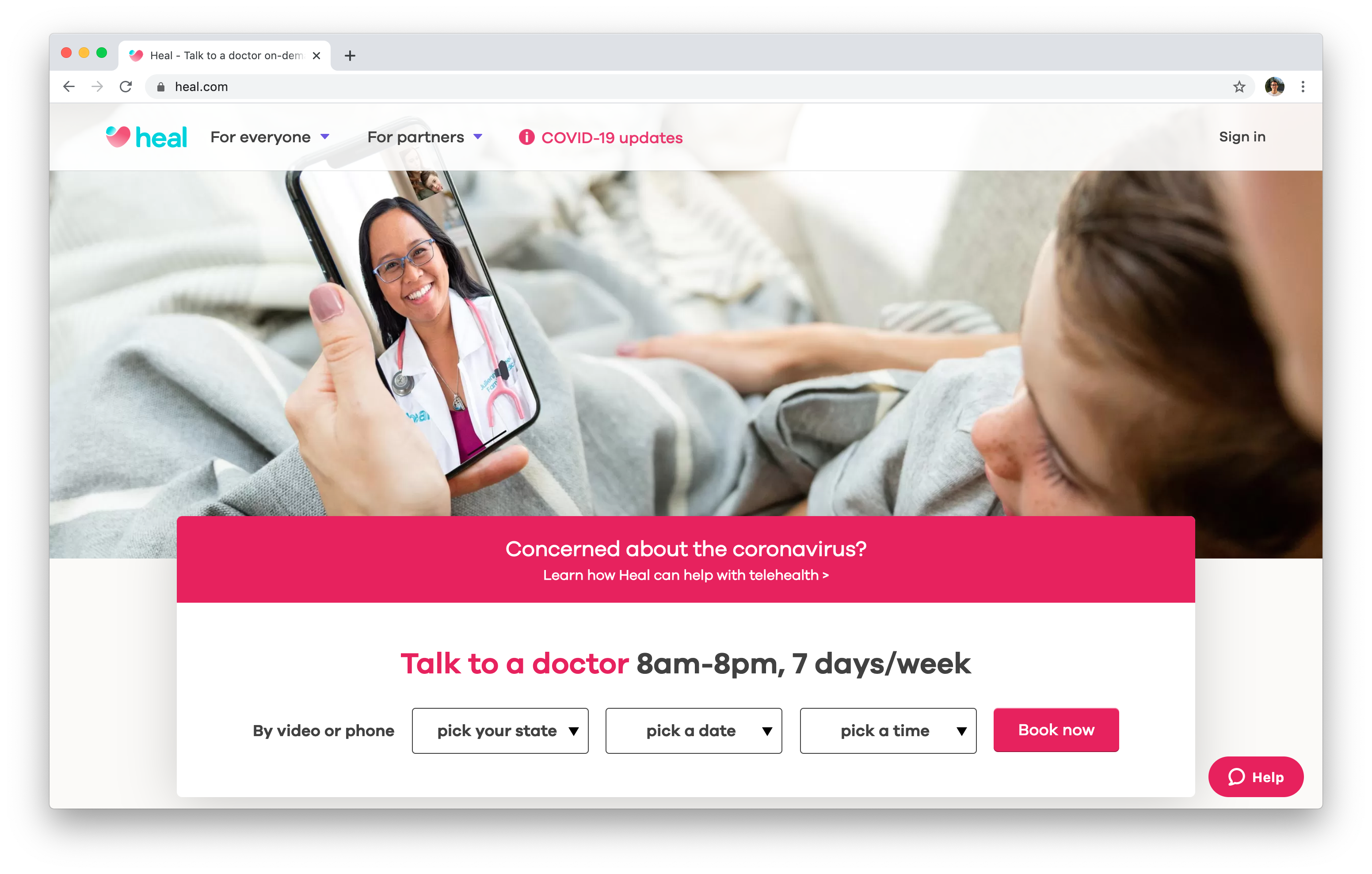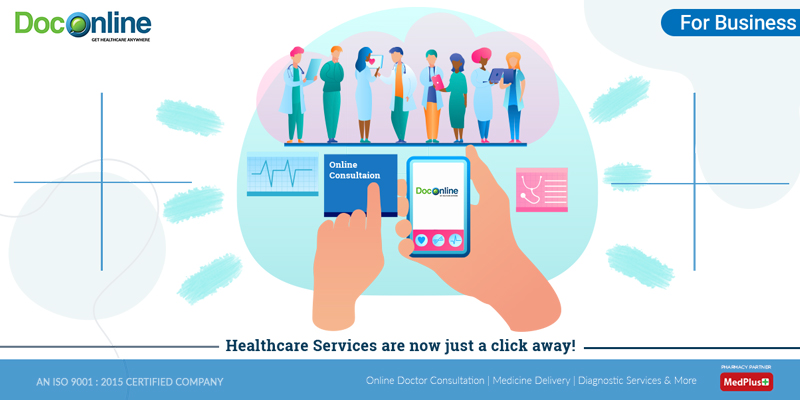How Subscription Based Healthcare is Reinventing Patient Access to Services
How Subscription Based Healthcare is Reinventing Patient Access to Services
Blog Article
Just How Subscription-Based Medical Care Is Revolutionizing the Clinical Market

The Rise of Subscription Health Care
In the last few years, the healthcare industry has actually seen a substantial change towards subscription-based designs, showing broader customer trends preferring ease and predictability. This makeover is driven by the increasing demand for even more personalized and available care services. Membership health care, often referred to as concierge medication or direct medical care, provides patients a fixed regular monthly charge for a range of medical services, substantially modifying typical fee-for-service models.
The increase of registration medical care is helped with by developments in technology, which make it possible for streamlined interaction between providers and clients - subscription based healthcare. Digital systems and telehealth solutions have become indispensable, supplying patients the ability to set up consultations, accessibility medical documents, and get appointments online. This technological integration not just improves patient engagement yet additionally enables service providers to provide extra reliable treatment
Additionally, the subscription design lines up with the advancing expectations of individuals that look for more control over their healthcare expenses and experiences. By removing the changability of co-pays and insurance cases, subscription-based healthcare provides a transparent and simple method. While this version is gaining grip, its expansion encounters obstacles such as regulative obstacles and the need for wider approval within the standard medical care ecological community. Its growing existence marks a pivotal minute in the advancement of health care distribution.
Advantages for Suppliers and individuals
Subscription-based healthcare uses a wide range of advantages for both clients and service providers, improving the characteristics of clinical care. For clients, this design provides boosted access to medical care services.
For health care service providers, subscription-based designs cultivate an even more sustainable and rewarding method. Administrative tasks are often streamlined, reducing overhead prices and allowing carriers to devote more time to patient interaction. On the whole, subscription-based medical care straightens the motivations of carriers and people, advertising an extra efficient and patient-centered healthcare delivery system.
Secret Functions of the Version
Frequently, the key attributes of the subscription-based health care design emphasize its distinct technique to delivering clinical solutions. Central to this model is the idea of foreseeable, monthly settlements, offering clients a detailed variety of solutions without the unpredictability of traditional fee-for-service frameworks. This model typically consists of unrestricted accessibility to medical care solutions, preventive treatment, and routine exams, making certain that individuals can engage with their doctor proactively as opposed to reactively.
In addition, straight communication channels, such as telemedicine and messaging platforms, are emphasized, permitting people to get prompt guidance and assessments without needing in-person visits. This improves availability and benefit, especially for individuals with wheelchair restrictions or those residing in remote locations. The design likewise cultivates more powerful doctor-patient partnerships, as health care carriers are incentivized to concentrate on long-term health and wellness results as opposed to temporary visits.
Furthermore, subscription-based medical care usually this article integrates technological advancements, such as digital health documents and health and wellness monitoring apps, to offer customized and effective treatment. People take advantage of coordinated and continuous treatment monitoring, which is tailored to their certain health and wellness requirements. Eventually, these functions jointly create a patient-centered medical care experience, prioritizing availability, expense openness, and preventative care.

Considerations and difficulties
While the subscription-based medical care design provides countless advantages, it is not without its obstacles and considerations. Subscription versions may inadvertently prefer those with higher socioeconomic status, potentially broadening disparities in health care accessibility for lower-income individuals who may struggle with regular monthly costs.
An additional difficulty depends on regulative compliance. Subscription-based medical care should browse an intricate internet of laws that vary by region, consisting of issues around client confidentiality, information security, and state licensing demands. Guaranteeing conformity without hindering the version's flexibility and technology can be intimidating for suppliers.
Additionally, there is the risk of overutilization or underutilization of services. Patients paying a repaired cost may overuse solutions, resulting in enhanced functional costs, while others might underutilize as a result of be afraid of burdening the system, possibly neglecting needed care.
Future Leads and Innovations
The landscape of subscription-based healthcare is positioned for improvement via arising innovations and advancing leads. As modern technology remains to development, the integration of artificial knowledge and maker understanding offers substantial opportunities to boost diagnostic accuracy and enhance patient administration. Anticipating analytics can reinvent precautionary care by recognizing possible health and wellness dangers before they manifest, thus decreasing both prices and the concern on health care systems.
Additionally, telemedicine is established to expand within registration designs, offering clients increased accessibility to medical care professionals regardless of geographical restraints. This not only helps with connection of treatment yet also equips individuals to involve more proactively in their health administration. Additionally, blockchain technology offers possible in securing person data and making certain interoperability throughout platforms, cultivating trust fund and transparency.
Collaborations in between tech firms and medical care companies are most likely to generate ingenious solutions, enhancing patient experiences and results. As these potential customers materialize, subscription-based healthcare has the potential to redefine how care is provided and accessed.
Final Thought
Subscription-based healthcare is changing the medical sector by offering an extra obtainable, predictable, and patient-centered approach to medical services. This model improves patient-provider relationships, ensures economic openness, and stresses precautionary care with endless assessments and telemedicine. In spite of challenges such as governing difficulties and potential variations in access, the membership model holds assurance for an extra customized and effective healthcare experience. As modern technology breakthroughs, further technologies are most likely to address existing difficulties and optimize healthcare distribution.
Membership health care, occasionally referred to as attendant medicine or straight main treatment, supplies patients a fixed month-to-month cost for a variety of clinical solutions, considerably altering traditional fee-for-service versions.
Moreover, the registration model straightens with the advancing expectations of clients who look for even more control over their health care expenses and experiences. For patients, this model supplies boosted access to read this health care solutions. Generally, subscription-based healthcare straightens the incentives of suppliers and people, advertising an extra patient-centered and effective healthcare distribution system.
In addition, telemedicine is set to broaden within membership designs, offering people enhanced access page to health care professionals regardless of geographical constraints. - subscription based healthcare
Report this page